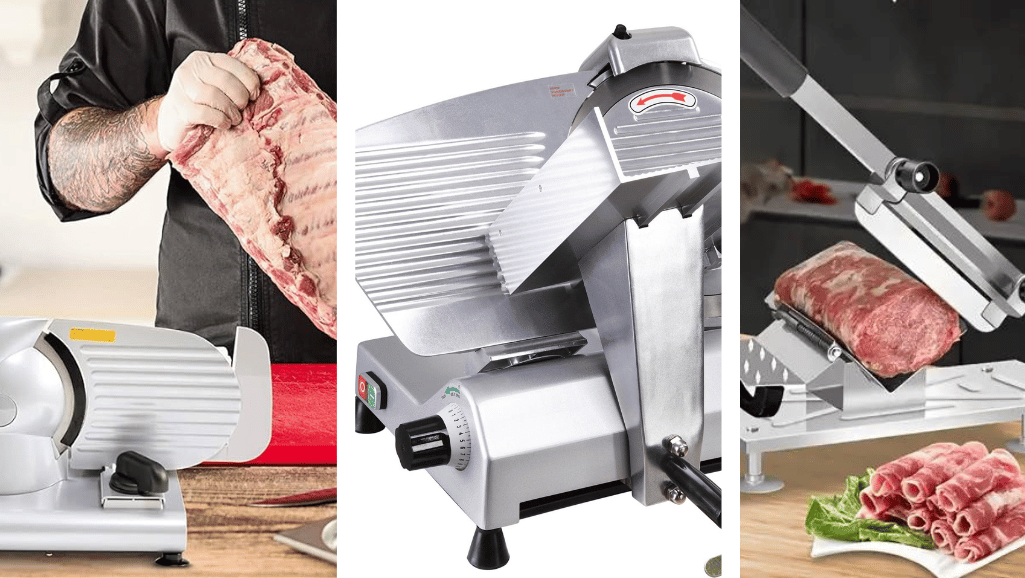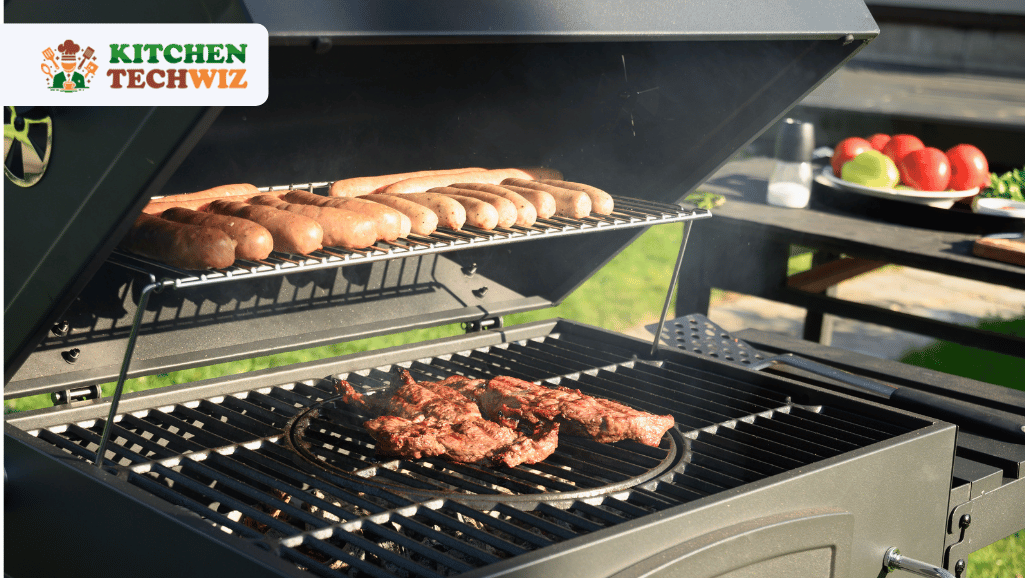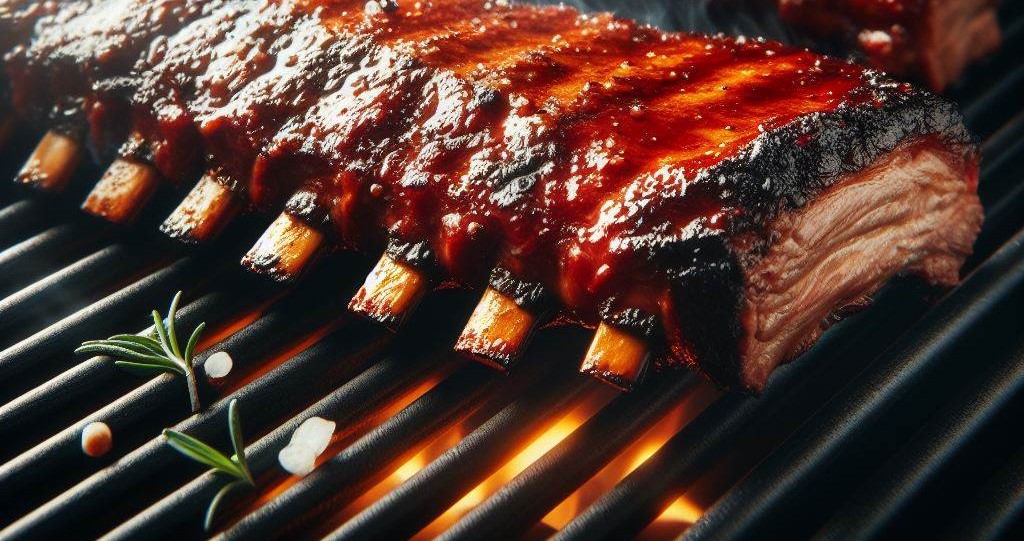Meat slicers are kitchen appliances used for slicing different types of meat, cheese, vegetables, and bread. They come in different sizes and designs, each suited for a specific type of slicing task. The two main types of meat slicers are manual and electric slicers.
Manual slicers are more affordable and better suited for small tasks, while electric slicers are more powerful and can handle larger quantities of food. Both types have different blade sizes and thickness settings, allowing users to slice food to their desired thickness. Meat slicers are commonly used in delis, restaurants, and homes, making food preparation easier and more efficient.
Table of Contents
Types of Meat Slicers and Their Uses
1. Household Meat Slicers
Household meat slicers are designed for home use and typically have a compact design. They are ideal for small families who want to make precise cuts of meat, cheese, and vegetables for their daily meals. These slicers are usually made of lightweight materials and are easy to clean and store.
2. Commercial Meat Slicers
Commercial meat slicers are designed for use in restaurants, delis, and other food establishments. They are typically heavier and more powerful than household slicers, and can handle larger volumes of food. Commercial slicers also feature sturdy construction and more advanced features, such as built-in sharpeners and adjustable blades, making them ideal for heavy-duty use.
3. Heavy-Duty Meat Slicers
Heavy-duty meat slicers are designed for use in high-volume food service operations. They are made of durable materials and feature powerful motors and large blades, making them ideal for slicing large cuts of meat and cheese. These slicers are typically more expensive than other types of slicers but are worth the investment for their high performance and longevity.
4. Manual Meat Slicers
Manual meat slicers are powered by hand and do not require electricity. They are ideal for outdoor use and are typically more affordable than electric slicers. Manual slicers are also portable and easy to clean, making them ideal for use in remote locations or during camping trips.
See: 13 Best Meat Slicer Under $200 of 2024 – Updated Picks & Guide
Factors to Consider When Choosing a Meat Slicer:
Blade Size
The size of the blade is an important consideration when choosing a meat slicer. Larger blades are ideal for slicing larger cuts of meat and cheese, while smaller blades are better suited for slicing smaller portions. Blade size also affects the thickness of the slices, with larger blades providing thicker slices and smaller blades providing thinner slices.
Read: How to Sharpen Meat Slicer Blade In 3 Steps: Keep It Razor Sharp
Adjustability
Some meat slicers feature adjustable blades that allow you to control the thickness of the slices. This is a useful feature for those who need to make slices of varying thickness, or for those who want to switch between slicing different types of food.
Power
The power of a meat slicer is determined by the size and strength of its motor. More powerful slicers are typically more expensive but are also more capable of handling larger volumes of food and tougher cuts of meat. Consider the amount of food you will be slicing and the size of the cuts when choosing a slicer with the right power.
Durability
Meat slicers are typically made of durable materials such as stainless steel, but it’s important to consider the quality of construction and the materials used when choosing a slicer. Look for slicers that are built to last and that feature sturdy, corrosion-resistant materials to ensure long-lasting performance.
Ease of Use
Consider the ease of use when choosing a meat slicer. Features such as built-in sharpeners, non-slip feet, and ergonomic handles can make a big difference in the overall user experience. Look for slicers that are easy to clean and maintain, and that come with clear and concise instructions.
Price
The price of a meat slicer can vary widely depending on its features, power, and quality. Consider your budget when choosing a slicer, and keep in mind that you may need to spend more for a high-quality slicer that will last longer and provide better performance.
Frequently Asked Questions on Types of Meat Slicers and Their Uses
What are the main types of meat slicers?
The main types of meat slicers are manual and electric slicers.
What is the difference between manual and electric slicers?
Manual slicers are more affordable and better suited for small tasks, while electric slicers are more powerful and can handle larger quantities of food.
What are the different blade sizes available in meat slicers?
Meat slicers come with different blade sizes, ranging from 7 inches to 14 inches.
Can I slice vegetables with a meat slicer?
Yes, meat slicers can be used to slice vegetables as well.
What is the thickness range for slicing food with a meat slicer?
Meat slicers typically have thickness settings that range from deli-thin to 1 inch or thicker.
Are meat slicers easy to clean and maintain?
Yes, most meat slicers have removable parts that are dishwasher safe and easy to clean.
Can meat slicers be used in a commercial kitchen?
Yes, meat slicers are commonly used in commercial kitchens, delis, and restaurants.
Can I use a meat slicer for slicing bread?
Yes, a meat slicer can be used for slicing bread, although some models may be better suited for this task than others.
What is the average price range for a meat slicer?
The price of a meat slicer can range from $50 for a basic manual slicer to over $1000 for a high-end electric slicer.
Conclusion
When choosing a meat slicer, consider factors such as blade size, adjustability, power, durability, ease of use, and price. Look for a slicer that is right for your needs, and that offers the features and performance you require. By taking the time to research and choose the right slicer, you can ensure that you make the most of your investment and enjoy many years of safe and effective slicing.



![16 Best Tabletop Propane Gas Grills 2024: [Also Charcoal & Electric]](https://kitchentechwiz.com/wp-content/uploads/2021/04/Best-Tabletop-Propane-Grill-1.jpg)

Leave a Reply